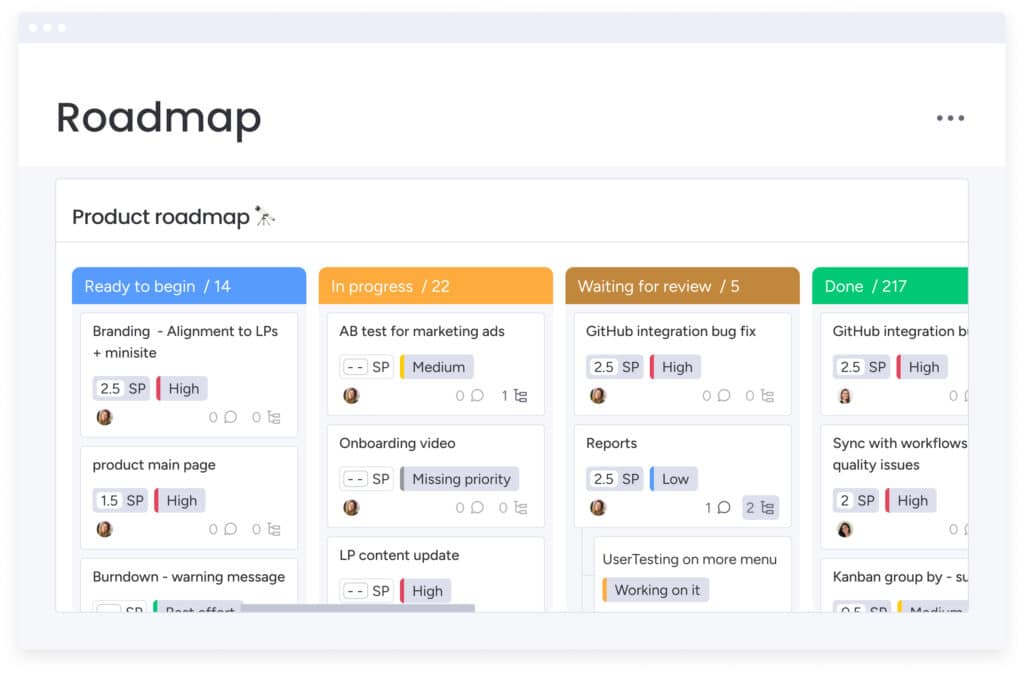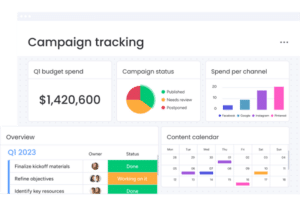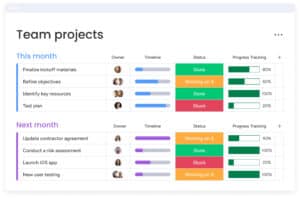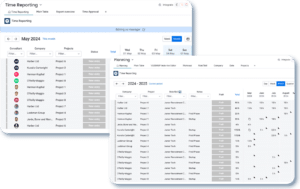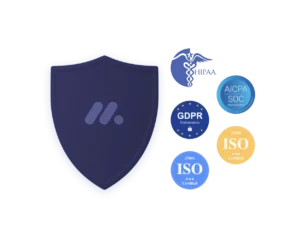Introduction: Understanding the Essentials
In the dynamic realm of project management, efficiency and clarity are paramount. Whether you’re steering a small team or managing vast cross-departmental initiatives, the tools and methodologies you choose can dramatically affect your project’s success. Among these tools, Kanban boards stand out as a visually intuitive and flexible method to enhance workflow and productivity.
Originating from the Japanese automotive industry, the term “Kanban” translates to “signboard”. This visual management tool was developed to keep production levels aligned with demand, thereby avoiding overproduction and waste. Today, Kanban boards have transcended their industrial beginnings. They’ve found purpose in everything from software development to content creation, and proving particularly valuable in project management.
By visualizing tasks and tracking their progress across a board, teams can gain immediate insights into the status of various project components, identify bottlenecks, and adjust their strategies in real-time. Many project management platforms like monday.com, offer Kanban boards as a feature today because of its increased popularity and efficiency. Monday.com enhances the Kanban approach with customizable workflows, automation, and collaborative features. This makes it an excellent choice for teams seeking to maximize their project management efficiency.
As we delve deeper into the utility and implementation of Kanban boards, we’ll explore how they can simplify project management tasks, ensure alignment across teams, and keep your projects smoothly progressing towards their goals.
What is a Kanban Board?
A Kanban board is a visual tool that helps teams manage the flow of tasks and projects by visualizing work, limiting work-in-progress, and maximizing efficiency. The simplicity of its layout belies its profound impact on project management.
Components of a Kanban Board
- Cards: Each card represents a task or a project element. Cards move across the Kanban board, reflecting progress from start to finish.
- Columns: These are usually labelled to reflect stages of the workflow. Common labels include “To Do”, “In Progress”, and “Done”. However, they can be customized to fit any project or team structure.
- Progress Indicators: Often, cards include details such as deadlines, assignees, and priority levels, providing at-a-glance information that enhances transparency and accountability.
Benefits of Using Kanban Boards in Project Management
- Visual Workflow Management: The visual nature of Kanban boards allows team members to see the status of work at a glance. This helps in understanding workflows and the distribution of tasks.
- Flexibility: Unlike some rigid project management methodologies, Kanban boards can be easily adjusted as project needs evolve. Teams can add new tasks, shift priorities, and adapt to changes without disrupting the overall flow.
- Enhanced Productivity: By limiting the amount of work in progress and highlighting bottlenecks, Kanban boards help teams focus on completion. In turn, this can significantly boost productivity and reduce cycle times.
The use of Kanban boards facilitates an intuitive setup that caters to dynamic project needs while ensuring that every team member remains on the same page. As we move forward, integrating these boards within sophisticated tools like monday.com can further enhance their effectiveness, making complex project management more manageable and transparent.
Omnitas Newsletter
Sign up for our monthly newsletter to stay up-to-date on our latest blog articles, videos and events!
Thank you!
You have successfully joined our subscriber list.
Integrating Kanban Boards into Project Management
Successfully integrating Kanban boards into your project management approach can revolutionize the way your team tackles tasks. Here’s a step-by-step guide to setting up and utilizing a Kanban board to maximize project efficiency.
Step-by-Step Guide to Setting Up a Kanban Board
- Identify Your Workflow Stages: Start by mapping out the key stages of your project’s workflow. Common stages include “To Do”, “In Progress”, and “Done”, but you should tailor these to the specifics of your project.
- Create Your Kanban Board: This can be done physically with a whiteboard and sticky notes or digitally using a tool like monday.com. The latter offers customizable templates and digital boards that can be accessed remotely by all team members.
- Populate the Board with Tasks: Write out each task on a card and place it in the appropriate column based on its current status. Ensure that each card includes all necessary details such as deadlines, responsible team members, and any other relevant information.
Examples of Task Categorisation and Prioritisation on a Kanban Board
- Categorisation by Priority: Use colour-coded cards or tags to denote priority levels (e.g., high, medium, low). This helps team members understand task urgency.
- Categorisation by Department or Team: For cross-functional projects, categorise tasks by the responsible department or team. As a result, this clarifies responsibilities and streamlines collaboration.
- Prioritisation Techniques: Implement simple rules, like ‘first in, first out’ or prioritise based on deadline or strategic importance, to keep the workflow consistent and manageable.
Integrating Kanban boards into your project management toolkit can significantly enhance visibility and control over the various elements of your projects. By using a powerful tool like monday.com for this integration, you can leverage additional features such as automation, notifications, and integrations with other tools. In turn, this streamlines the management process even further. This combination not only saves valuable time but also increases the overall productivity of teams.
monday.com: A Powerful Tool for Kanban Project Management
When it comes to optimizing the use of Kanban boards in project management, monday.com stands out as a highly effective platform. Its versatility and user-friendly interface make it ideal for managing projects using the Kanban methodology. Here’s why monday.com should be your go-to tool for Kanban project management.
Overview of monday.com and Its Features
- Customizable Workflows: monday.com allows users to create custom workflows tailored to their specific project needs. This flexibility ensures that the Kanban board aligns perfectly with the unique stages and tasks of any project.
- Automation: Set up rules to automate repetitive tasks. For example, moving a card to the next stage when a task is marked as complete, or sending notifications when tasks are overdue. This reduces manual effort and keeps the project moving smoothly.
- Collaborative Features: Team members can comment directly on tasks, upload files, and tag each other for updates. These collaborative tools are integrated directly into the Kanban board, enhancing communication and ensuring everyone is aligned.
How to Use monday.com to Create and Manage Kanban Boards
- Setting Up a Board: Start by selecting a Kanban board template or creating a new board from scratch. Customize the columns to reflect your project’s stages and add cards for each task.
- Customization Options: Utilize monday.com’s extensive range of customization options to modify the board. Add fields to cards for deadlines, assignees, checklists, and more, tailoring the board to your project’s specific requirements.
- Tracking and Reporting: Utilize monday.com’s dashboard to generate real-time reports and track the progress of your tasks across the Kanban board. This is invaluable for maintaining oversight of project status and team productivity.
Using monday.com for Kanban project management not only simplifies the process of tracking and managing tasks but also enhances team collaboration and productivity. Its robust features and intuitive design make it an indispensable tool for teams looking to implement efficient and effective project management practices.
Best Practices for Kanban Board Management
To maximize the effectiveness of Kanban boards in project management, it’s essential to adhere to best practices that ensure efficiency and clarity. These tips will help you maintain an effective Kanban board, avoid common pitfalls, and foster a productive environment for your team.
Tips for Maintaining an Effective Kanban Board
- Regular Updates: Keep the board current by regularly updating task statuses, moving cards as they progress, and adding new tasks as they arise. This ensures the board accurately reflects the real-time state of the project.
- Limit Work-in-Progress (WIP): Set limits on the number of tasks in each workflow stage to prevent bottlenecks. This encourages focus and improves throughput by ensuring team members complete current tasks before taking on new ones.
- Visual Indicators: Use labels, colours, or tags to provide additional information at a glance. This can include priority levels, task types, or team assignments, which aid in quick decision-making and prioritisation.
Common Pitfalls in Kanban Board Management and How to Avoid Them
- Overcomplicating the Board: Avoid making the board too complex with excessive columns or categories. Keep it simple to ensure it’s easy to understand and use.
- Neglecting to Update the Board: Ensure all team members are committed to maintaining the board. Neglecting updates can lead to confusion and outdated information, which can derail the project.
- Ignoring WIP Limits: Failing to enforce WIP limits can lead to task accumulation and reduced productivity. Regularly review and adjust these limits to keep workflows smooth and efficient.
Importance of Regular Board Reviews and Updates
- Continuous Improvement: Regular reviews of the Kanban board allow teams to identify and implement improvements in their workflow and processes.
- Adaptation to Change: Project needs can change. Regular reviews help ensure the board evolves in line with these changes, maintaining its relevance and effectiveness.
- Team Alignment and Communication: Review sessions provide an opportunity for team members to discuss the board’s setup, task statuses, and any challenges they are facing. In turn, this fosters better collaboration and understanding.
Implementing these best practices in Kanban board management will not only optimize your project management efforts but also enhance overall team performance and project outcomes. With tools like monday.com, these practices can be easily integrated into your daily workflow. As a result, this makes your Kanban board an even more powerful tool for managing projects.
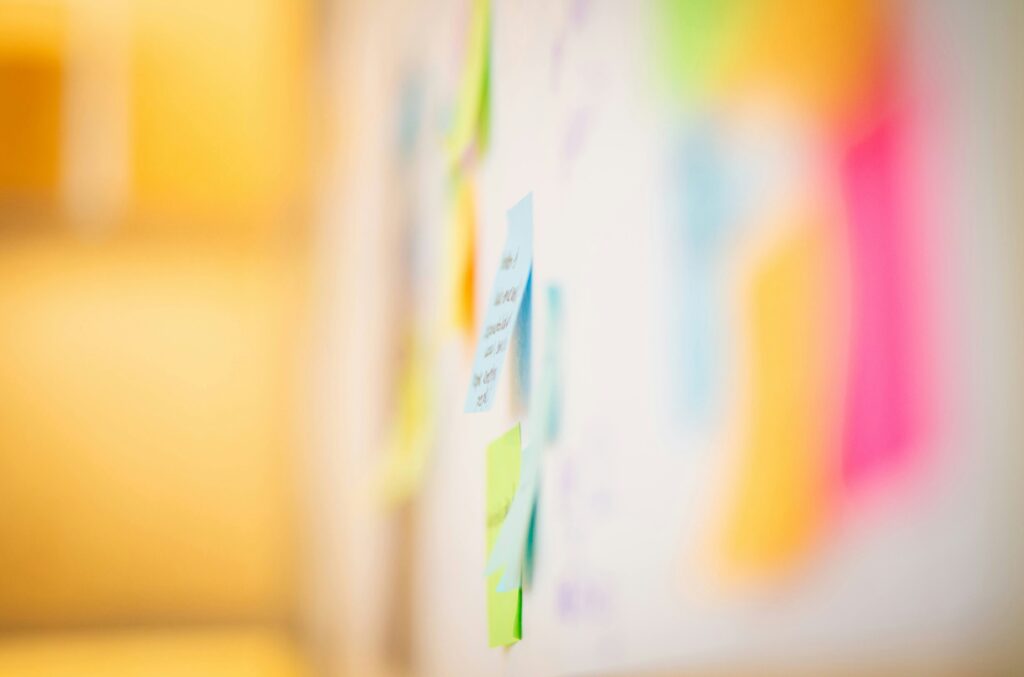
Measuring Success with Kanban Boards
To ensure that your use of Kanban boards is truly enhancing your project management capabilities, it’s critical to measure their impact accurately. Understanding which key performance indicators (KPIs) to track will help you gauge success and identify areas for improvement.
Key Performance Indicators (KPIs) to Track
- Cycle Time: Measure the time it takes for a task to move from the start to the completion of the workflow. This metric helps assess the efficiency of your process.
- Throughput: Track the number of tasks completed in a given time frame. A higher throughput indicates a productive team and effective workflow management.
- Work in Progress (WIP): Monitor the number of tasks in progress at any given time. This helps ensure that WIP limits are adhered to and can highlight bottlenecks in your process.
- Lead Time: This KPI measures the time from when a task is first posted on the board until it is completed. It provides insights into the overall responsiveness of your team.
How to Use These Metrics to Improve Team Performance
- Data-Driven Decisions: Use the metrics gathered to make informed decisions about process adjustments and improvements. For example, if cycle times are long, investigate the causes and consider process changes or additional training for team members.
- Benchmarking and Goals: Set benchmarks for each metric and use them to set performance goals. Regularly review these goals in team meetings and use them as a motivational tool.
- Continuous Monitoring: Keep a continuous watch on these metrics using tools like monday.com. These types of platforms can automate data collection and provide visual analytics dashboards to make the information easy to interpret and act upon.
Enhancing Project Outcomes Using Kanban Metrics
- Identify and Address Bottlenecks: By monitoring cycle times and WIP, you can quickly identify where bottlenecks are occurring and take steps to alleviate them.
- Forecasting and Planning: With accurate lead time measurements, teams can better predict project timelines and set realistic deadlines. This helps in planning and resource allocation.
- Improving Team Collaboration: Sharing these metrics with the team can lead to a better understanding of each member’s contributions and challenges. In turn, this fosters a more cooperative and supportive work environment.
By measuring the success of your Kanban boards with these KPIs, you not only maintain control over project management processes but also drive continuous improvement and effectiveness across your projects. Tools like monday.com are instrumental in this regard, providing the necessary features to track, analyse, and report on these critical metrics seamlessly.
Conclusion: Enhancing Project Management with Kanban
Kanban boards have proven themselves to be a stellar tool in the arsenal of project management techniques. They offer unparalleled visibility and control over the multiple stages of project workflow. By implementing Kanban, teams gain the ability to track progress in real time, swiftly identify and address bottlenecks, and improve overall productivity. With the addition of powerful software like monday.com, the capabilities of Kanban boards expand even further, enabling customization, automation, and enhanced collaboration.
As we have explored throughout this post, the integration of Kanban boards within monday.com can transform your project management from good to exceptional. Whether it’s through streamlined workflows, detailed progress tracking, or simply better communication across teams, the benefits are tangible and significant.
Try monday.com for Free
Ready to experience the transformation that monday.com can bring to your project management practices? We invite you to try monday.com for free through our exclusive link. Explore firsthand how its features can streamline your projects and enhance your team’s productivity.
As the number one monday.com partner in EMEA, we at Omnitas possess the expertise and experience necessary to tailor and implement monday.com to best fit your business needs. If you’re looking to get the most out of this powerful tool, contact us below. We’re here to ensure that your transition to a more structured and efficient project management system is smooth and successful.
If you found this blog post useful, make sure to sign up for our monthly newsletter below. Stay in the loop regarding all things business efficiency and automation!

